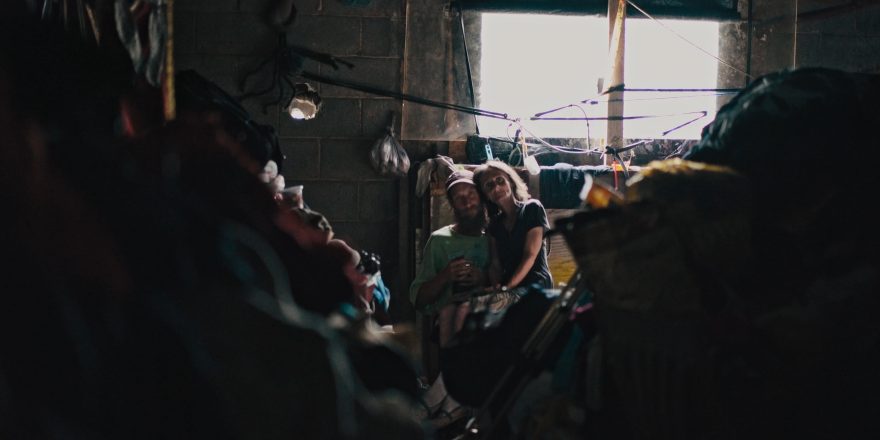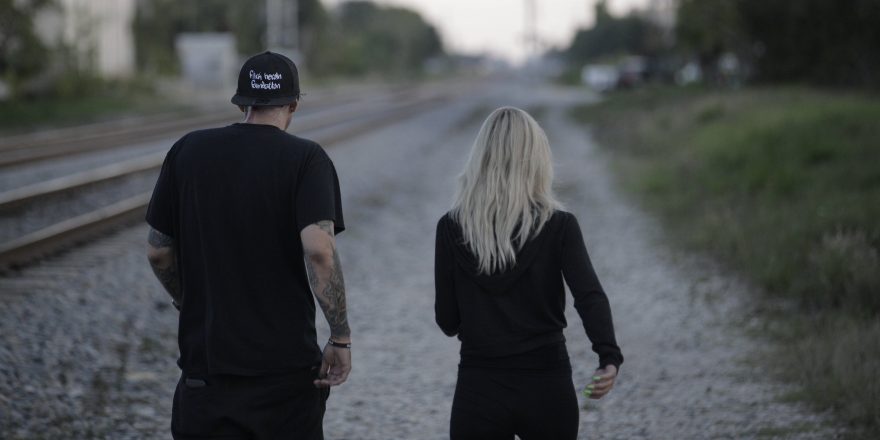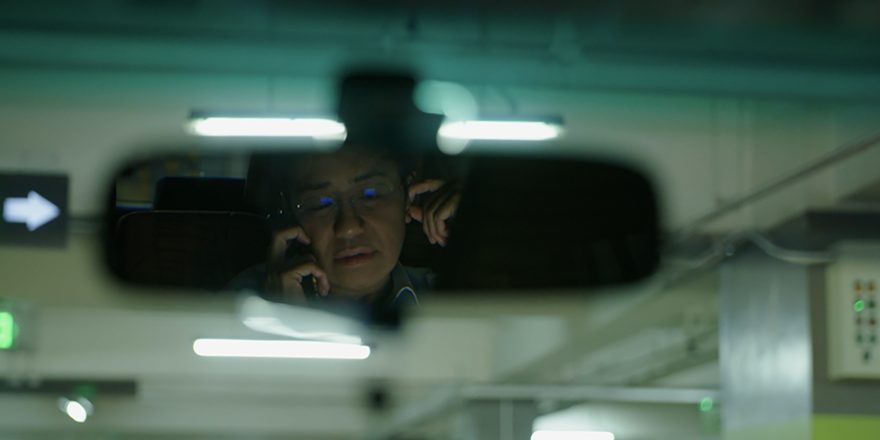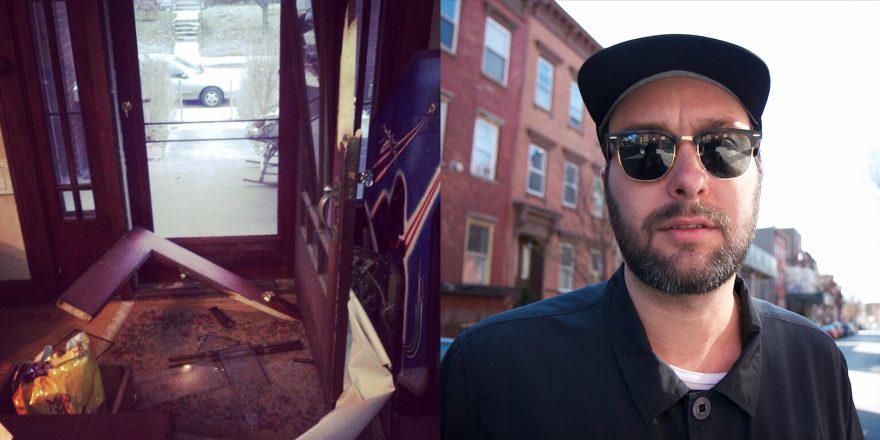The first time I met Daryl Gantt, the protagonist of my film Higher Love, he was yelling at me over a distorted speakerphone. It was late 2016 and I had spent the previous few weeks on the streets of Camden, New Jersey, filming a group of four friends struggling with addiction. One of the people depicted in the movie was Daryl’s girlfriend, Nani — a young, pregnant woman battling a devastating heroin addiction, working the streets to support her habit.
Daryl’s voice crackled through the phone, “What the fuck you doing in Camden?”
I didn’t want to tell Daryl that I had no idea what I was doing there, that I was scared to death, and that my only semblance of a plan was to crash with family, abuse 30-day-return-policies on film equipment and 18-month no-interest credit card promotions, and sell my blood plasma to make ends meet.
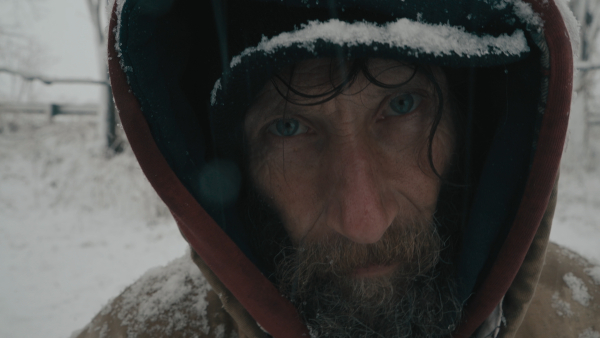
I’ve followed an unconventional path into the film world. Before Higher Love, I had spent the previous seven years abroad, teaching English in Thailand and Spain and traveling everywhere in between.
I didn’t go to film school, nor was I an amateur movie buff. In fact, coming from a strict no-media Waldorf educational background, until I was a teenager, I wasn’t allowed to watch TV and could only see one film a month.
So a few weeks before graduating from Villanova, I decided that — with no student debt and the world at my fingertips — I would move to Thailand as a sort of gap year. Or Rumspringa.
“Dad, I know you just spent a quarter-million dollars on my English degree at a private university, but I think I’ll try my hand at teaching in the backwaters of Southeast Asia.”
During my travels, my friends and I would fool around with our GoPros, making hastily edited, poorly scored travel shorts. These morphed into impromptu conversations with strangers, anecdotes of everyday people’s lives that I would later learn could be used to shed light on larger systemic issues.
Still unsure of my career path, I headed home to New York, deciding to forego a master’s degree at Columbia University’s Teachers College as I set out to make a film about … well, I wasn’t exactly sure yet.
What I was sure of, though, after spending most of my 20s abroad, was that I needed to learn about my own country and to immerse myself in communities that were shunned and hidden from public view. Specifically, I wanted to tell stories of a post-industrial American Dream gone bust.
Camden would be my starting point.
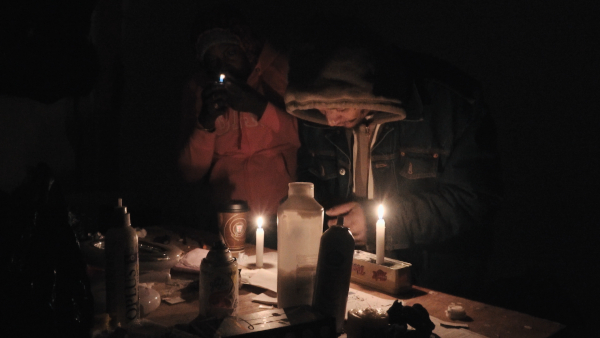
Only two hours from New York City (and thus fitting into my zero-budget production plan), it had always piqued my interest because of its notorious legacy as one of America’s most dangerous cities. A legacy fueled by the nationwide opioid epidemic.
Also, when I was a child, my family and I would drive through Camden every year on our way to my grandmother’s house in Cherry Hill, New Jersey. My father had grown up there, and his stories about the rapid changes the city had undergone provided the nexus for a sort of morbid curiosity that pulled me back toward the city.
Toward a violent city.
Toward a broken city.
Toward a forgotten city.
An earlier iteration of Higher Love was called Below the Brine, after a Walt Whitman poem. Whitman, a Camden native himself, wrote about an entire world that lives beneath the surface of the ocean, right in our midst, but completely out of sight.
And as I learned, that’s Camden.
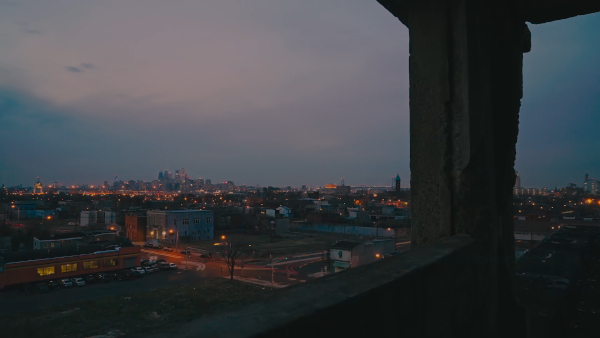
The highways that pass through the city have walls built around them, obscuring Camden from the rest of the world. It’s known as a flyover city, seen as a smoldering Badlands across the river from the sparkling Philly skyline.
In fact, ask anyone from the Northeastern United States what they know about Camden, and if they’ve heard of it all, it will be as one of two things: a factory town gone bust, or an open-air drug market fueling a murder rate 10 times that of Chicago.
Both perfectly accurate.
With an overdose rate double the national average, Camden provides a perfect snapshot of America’s opioid epidemic. And ultimately, that is the backdrop onto which Higher Love is projected.

But this backdrop is tragically layered, as Camden serves as a petri dish for all of America’s problems. Gun violence, joblessness, pay-to-play politics … Camden is a microcosm of the macrocosm where our struggles as a nation are not only present, but proliferate to an astounding degree.
After that first angry call from Daryl, he asked me to meet him in Camden the following morning to talk. When Daryl picked me up, the first words out of his mouth were, “Let me tell you my side of the story.”
Even without any semblance of formal training, I immediately knew I had found my story. I knew I had found the characters who would tell the story of a fallen American city. A fallen American dream.
For the next two-and-a-half years, I learned Daryl’s side of the story. One of love and heartbreak, loyalty and disappointment.
I then heard Nani’s. One of trauma and addiction, love and disappointment.
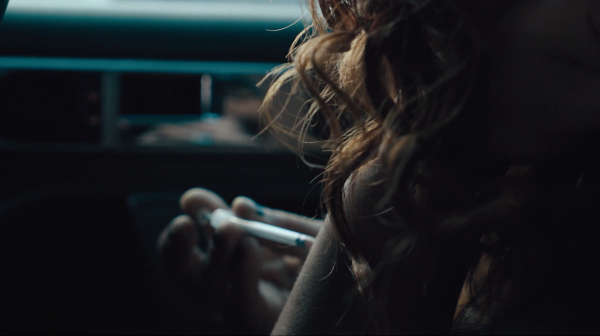
Using an unpolished and at times clumsy form of vérité, I aimed to create a seamless veneer between filmmaker and subject to bring forth their stories, and the story of Camden, New Jersey. Stories that might have otherwise remained beneath the brine.


